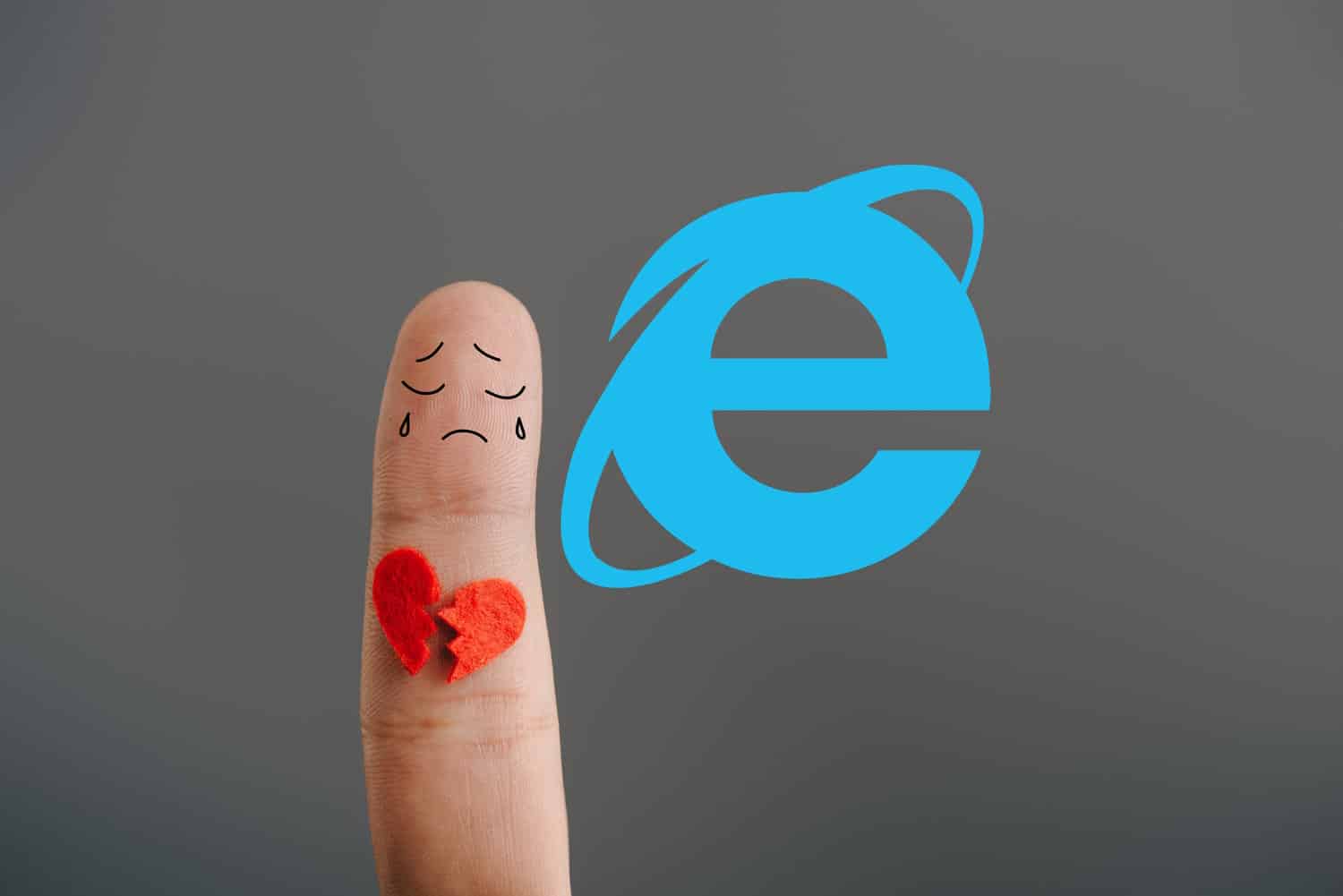
Increasing eCommerce sales place onus on retailers protecting customers from downtime and data breaches
With the annual Christmas/New Year shopping season in full swing, high network traffic is expected to accompany the sales throughout December and into 2023. During this time, retailers will expect to see a higher-than-average number of visitors to both their stores and their online websites.
But with soaring inflation and energy price rises causing economic uncertainty, predicting the level of sales traffic that eCommerce sites can expect isn’t an easy task. Therefore, adapting their strategies to ensure they are ready for any level of network traffic must be a priority.

Meeting the challenge of securing cloud-native apps [Q&A]
As more and more of our computing moves to the cloud, protecting information and apps throws up a new set of challenges for enterprises.
We spoke to Ratan Tiperneni, president and CEO of cloud-native app protection specialist Tigera, to find out more about the security implications of going cloud native and how to deal with them.

Give the gift of an NVIDIA GeForce RTX 4090 this Christmas with a YEYIAN ODACHI prebuilt gaming PC
Santa Claus is cool and all, but let's be honest, the gifts his elves make are kind of lame. Look, it is 2022, and no kid wants a wooden train, stuffed animal, or baby doll. Santa can keep that crap at the North Pole. Thee days, kids want electronics and hardcore gaming computers.
If you want to impress someone this Christmas, you should buy them a prebuilt gaming PC with a legit gaming card. Don't know which PC to buy? Don't worry -- there are three new "ODACHI" desktops from YEYIAN that are guarantied to "wow" the recipient. They are powered by either an Intel Core i9 13900KF or AMD Ryzen 9 7950X and come with either an NVIDIA GeForce RTX 4080 or 4090.

The case for a security program
Modern corporations are fully dependent on their IT infrastructure for their daily operations. Securing an IT infrastructure can be a daunting task. Fortunately, there are common best practices that have found success for some of the biggest companies in the world. These best practices share common traits that can be duplicated to match almost any environment.
Before we begin, let’s examine the past failures of many security professionals. As security managers, we must understand that the most secure environments, regardless of the sophistication of your tools or the talent of your staff, will eventually be compromised by the weakest link in your controls. So how do we manage these weak links? Let’s start by identifying them.

Google launches client-side encryption for Gmail in beta
Google has announced that businesses can now apply to try out client-side encryption for Gmail on the web.
Now available in beta for a selection of Workspace users, the feature is one that was promised some time ago. Google says that the new encryption option means that "sensitive data in the email body and attachments are indecipherable to Google servers", but there will be disappointment that the security and privacy feature is not available for everyone.

Microsoft is finally killing off Internet Explorer 11 with an Edge update
Internet Explorer has been in its death throes for quite some time, and now Microsoft is finally ready to put the browser out of its misery.
In less than two months, the company will release an update for Microsoft Edge, and this will permanently disabled Internet Explorer 11 "on certain versions of Windows 10 devices". The big day is February 14, 2023 -- Valentine's Day -- and is a different approach to the one Microsoft had previously said it would be using.

Microsoft teams up with Amazon, Meta, Linux Foundation and TomTom to create Google Maps alternative
Some of the biggest names in tech are joining forces to create the Overture Maps Foundation and develop interoperable open map data, and help build a rival to Google Maps.
The group is headed by the Linux Foundation and also included Microsoft, Amazon Web Service, TomTom and Facebook-owner Meta. The aim is to allow companies to contribute their own data to help compile up-to-date map data that "is complete, accurate, and refreshed as the physical world changes".

Google shares FREE books for the holidays
Some of the best holidays are almost upon us, such as Christmas, Hanukkah, and Kwanzaa. Sadly, due to the recession and inflation, many people are finding it hard to celebrate this year. The economic downturn has decimated the bank accounts of many, meaning fewer gifts might be a possibility in some homes.
Thankfully, reading a book can be a free way to escape reality -- just head to your local library. If you don't have a library card or are unable to go to such a place, do not worry -- Google has you covered. No, the search giant is not giving away books, but it has curated a list of digital holiday books in the public domain that are freely available to read.

The road to faster EV charging
Electric vehicles (EVs) are more popular than ever. As prices drop and options increase, these once-rare cars are becoming an increasingly viable option for more drivers. However, their limited range and long charging times are holding buyers back.
The average EV can travel just 217 miles before charging, which is fine for daily commutes but not ideal for longer road trips. Of course, gas and diesel cars must also stop to refuel on long drives, but they can fill up in minutes. By contrast, EV charging is often slow. That has to change for these vehicles to become standard, so here’s a glimpse at the future of fast EV charging.

Why Data Quality is critical for business
Since the explosion of technology in the last few decades, data has been increasingly positioned as a silver bullet that can fix all the trials and tribulations of the modern world. For those giant tech companies who amassed mass amounts of (mostly) third-party data, data was the new oil -- sold in barrels to any company wanting to find and scale an audience. But KPIs on data effectiveness became increasingly viable, businesses began to question the amount of data they’d bought.
Parallel to this, governments and consumer rights groups became aware of the increasing volume of unwanted noise being thrown at potential clients and customers. Businesses, both B2B and B2C, became liable for data missteps -- case in point with Meta being fined 17m euro for what amounted to bad data housekeeping.

Navigating the global technology skills gap with AI-moderated upskilling
Work trends have rapidly changed across the world, post-pandemic. How and where people choose to work now or in the future is and will be radically different from how it used to be a few years ago. Labor markets across all sectors have undergone drastic shifts in terms of talent requirements and demands, as businesses across the board increasingly accelerate the adoption of automation and emerging technologies.
This has resulted in a growing skills scarcity across the globe. As more technical and digital skills are required by workers in order to master emerging technologies, many organizations risk being left behind due to an undereducated and underprepared workforce. Businesses need to take the required steps now towards ensuring that their workforce, both present and future, has the training and digital skills needed to thrive in the working environment set to emerge over the next decade.

Modernized supply chains, resilience and accessibility -- AI predictions for 2023
It's the time of year when people start to look ahead to the next one and offer predictions for what might lie ahead. For the past couple of years this has rather been hijacked by events including COVID, the Ukraine conflict and consequent economic disruption.
This hasn't stopped people in the tech world making predictions though, in fact we've received more this year than ever. So in the first of a series of roundups let's take a look at what might lie ahead for AI in 2023.

Securing the API hunting ground
Most of us are familiar with the old proverb "for want of a nail, the shoe was lost; for want of a shoe, the horse was lost; for want of a horse, the battle was lost…" and so on. The object lesson is that small and sometimes apparently unimportant objects or actions can have outsized impacts if they are not properly attended to.
So, it is with Application Programming Interfaces or APIs. They are the 'horseshoe nails' at the heart of modern business.

Microsoft slaps cryptomining ban on Azure users
Microsoft has updated the Universal License Terms for Online Services that apply to Azure to indicate that the service cannot be used to mine cryptocurrency.
The change appears in the Acceptable Use Policy section of the license terms that apply to all Microsoft Online Services, but the ban is not an outright one. While the criteria have not been revealed, it seems that there are circumstances in which the company may be willing to lift the ban on cryptomining.

Taking a battlefield approach to cybersecurity [Q&A]
You'll often hear cybersecurity discussed in military terms, as a war, or a battle, or a conflict. So should enterprises be taking a defensive approach that draws on military thinking?
Tom Gorup is VP of security operations at Fortra's Alert Logic, a managed detection and response specialist. He's also a veteran of six years in the US Army with tours of Iraq and Afghanistan. We spoke to him to discover how lessons learned on the battlefield can be applied to cybersecurity.


